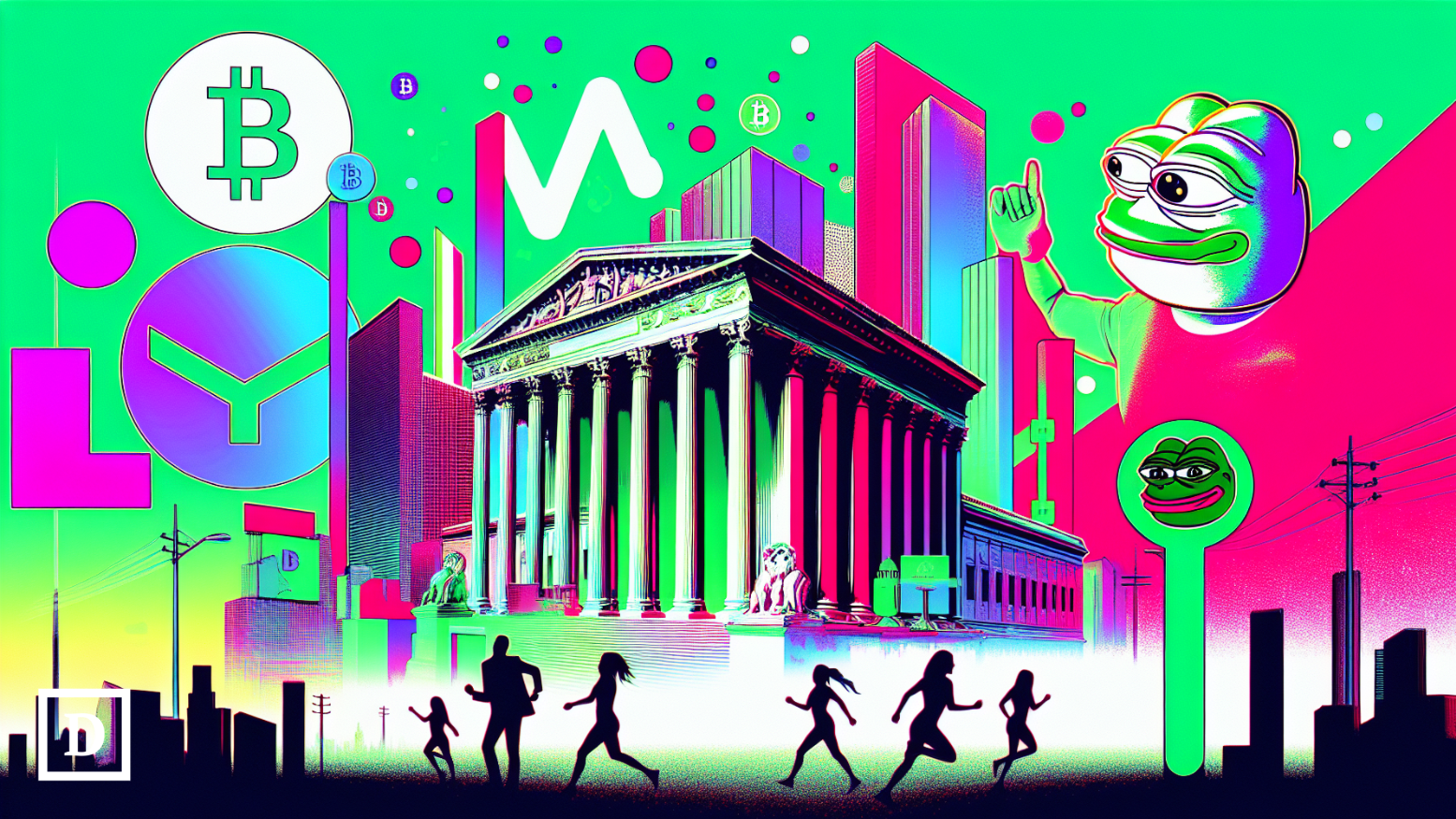The initiative uses “mirror tokens” of MMF shares on Goldman’s private blockchain platform
Global financial services firms BNY Mellon and Goldman Sachs today unveiled a tokenized Money Market Funds (MMFs) initiative aimed at bridging the gap between blockchain technology and traditional finance.
The initiative creates digital “mirror” tokens of MMF shares using Goldman Sachs’ private blockchain tech, GS DAP. Developed with technology from Goldman’s Digital Asset arm, GS DAP is a permissioned blockchain platform, which means only authorized participants can use it.
This marks the first time in the U.S. that fund managers have enabled subscription for MMF shares — using BNY’s LiquidityDirect and Digital Asset platforms — with a mirrored record tokenized using blockchain tech, according to a press release from BNY. BlackRock, Fidelity, Federated Hermes, BNY Dreyfus, and Goldman Sachs Asset Management are expected to be part of the initial rollout.
Mathew McDermott, the Global Head of Digital Assets at Goldman Sachs, said the initiative aims to unlock new possibilities for MMF shares, such as using them as collateral and enabling easier transfer in global markets.
“As the financial system transitions toward a more digital, real-time architecture, BNY is committed to enabling scalable and secure solutions that shape the future of finance,” echoed Laide Majiyagbe, Global Head of Liquidity, Financing and Collateral at BNY, per the release:
“Mirrored tokenization of MMF shares is a first step in this transition, and we are proud to be at the forefront of this first-of-its-kind initiative.”
Goldman Sachs currently boasts $3.1 trillion in assets under supervision, according to the firm’s 2024 Annual Report.
The Rise of Tokenization
Other global asset managers have also begun exploring tokenization. In April, private equity firm Apollo revealed plans to put its credit fund on-chain, together with tokenization platform Securitize and risk manager Gauntlet.
In November 2024, Citi and Fidelity unveiled a proof-of-concept for a tokenized MMF. Just three days prior, UBS had launched its first tokenized investment fund.
At the time of Citi’s announcement, Sam Hewson, the Head of FX Sales at Citi, said, “as tokenization continues to evolve in capital markets, we see a potential future in which investors could trade and settle digital assets in real-time, in different currencies, and across multiple distributed ledger technology platforms.”
Perhaps, the most notable example of tokenization among the big financial players is BlackRock – the world’s largest asset manager with $11.5 trillion in assets under management (AUM). In 2024, BlackRock, together with Securitize, launched its tokenized U.S. Treasuries fund, the BlackRock USD Institutional Digital Liquidity Fund (BUIDL). Today, BUIDL has a total asset value of $2.24 billion, per RWAxyz, making it the largest tokenized real-world asset (RWA) product.
Up, Up and Away
RWA tokenization has become one of the fastest-growing sectors in decentralized finance (DeFi), with total on-chain RWA value reaching over $25 billion – a 194% increase from $8.5 billion in January 2024, according to data from RWAxyz.
Currently, private credit is the largest sector in the RWA tokenization market, according to a June report by blockchain oracle RedStone. Specifically, private credit accounts for nearly $15 billion of the $25 billion tokenized RWA market as of mid-2025.
“In 2025, the RWA and on-chain revolution doesn’t happen with small players just getting the ground,” Marcin Kazmierczak, co-founder of RedStone, told The Defiant in June. “Instead, it’s done by the biggest financial institutions globally like BlackRock, JP Morgan, Apollo, VanEck, etc. They realize the future is a convergence between TrafFi and on-chain finance, and they are acting on it now.”


